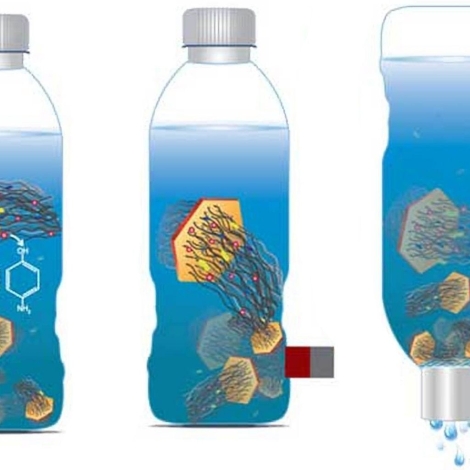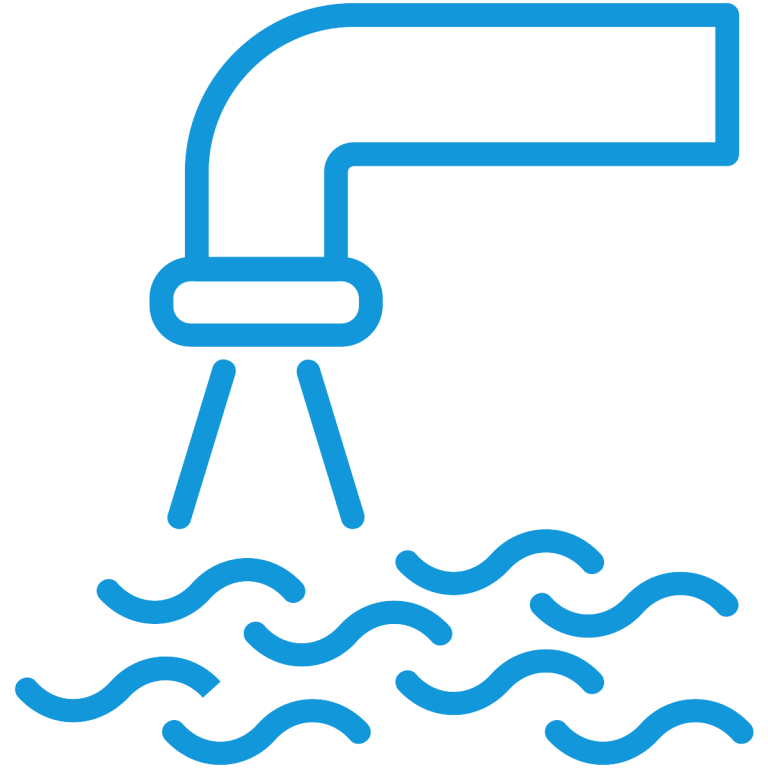A lack of clean water infrastructure may be an opportunity to leap over traditional systems and embrace the leading edge of nanotechnology.
Developing countries are among those most at-risk for water insecurity. As climate change progresses, fresh water and our ability to access it becomes less certain. This is an even more significant issue in areas where there is not sufficient government infrastructure to supply citizens with fresh water as they expand. According to the UN, water scarcity is already an issue on every single continent, both because governments lack infrastructure and because there just isn’t available water.
Climate change is making the problem worse. To keep up with the changes, we need to adjust the way we think about clean water. The old methods of treating water are effective but outdated. They are expensive and require a lot of chemicals. Those chemicals may not be necessary as technology advances, and we learn new ways to clean our water. Among them, nanotechnology is one of the most exciting.
New technologies may be able to help speed up the process of cleaning drinking water, or just removing contaminants from freshwater sources, regardless of their future use for human consumption. This may allow developing countries to bypass outdated technology like fossil fuels, and instead implement new systems that will have less impact on the world. This would also prevent them from having to update their systems, as developed countries are going to have to do.
Nanotech Biosensors
One such opportunity may be in nanotechnology. Nanotechnology has a broad range of applications, including everything from health care to agriculture to sanitation practices. Low-cost, easy-to-use biosensors, as a form of nanotechnology, may be very beneficial in practice. The applications of such technologies are wide-ranging, but for this, we can focus on the use of biosensors to detect heavy metals and pesticides in water.
These nanoparticles can attract metals and pesticides and remove them from the water. The particles themselves are then filtered out, but this is easy since the particles were manufactured for this specific goal. They can be made to be too large to pass through a filter while attracting unwanted particles. They may also be incredibly helpful in helping the process of desalination become cheaper and therefore usable on a large scale.
Nanotech Purifiers
Other developments can help filter out pharmaceuticals in water supplies, an area that is of intense interest in areas like India and China, where contamination from antibiotics may help spread bacteria resistance. Nanotechnologies may hold the key to filtering out pharmaceutical contaminants. Pharmaceuticals have been found in waterways all over the world, and how these affect both humans and wildlife is largely unknown.
We need better ways to clean the water, especially in developing countries where governments may not be able to take the strain of both regulating the companies’ pollution and supplying clean water to their citizens. Developing countries are the ones who can benefit the most from these nanotech innovations. The ability to clean water on the household level can keep families healthier and promote self reliance.
While we continue to struggle with the impact of contaminants from human activity on our freshwater sources, others go without clean water at all. Preventing further pollution of water sources is vital, but first we need to supply people with fresh, clean water that won’t make them sick. Nanotechnology is one tool we can use to do that.
Emily Folk is a sustainability journalist who covers topics in the renewable energy sector. You can read more of her work on her blog, Conservation Folks, or follow her on Twitter.

